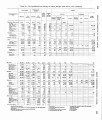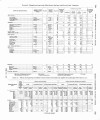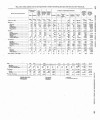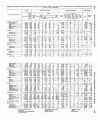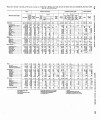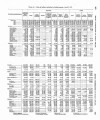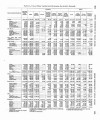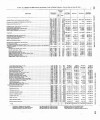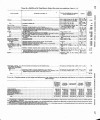| OCR Text |
COMMISSIONEB OF INDIAN AFFBIBS. 27 I of 16 cents per pound, would aggregate for the. crop of lint cotton approximately $589,469. Counting the value of the seed after being converted into cake and oil, it is estimated the net value of the crop to the Indians and white people would amount to nearly $1,000,000 for the year. When it is remembered t h t seven years ago scarcely any one thought that .Arizona would produce cotton at all; this is a phenomenal development. In addition to experimentation with cotton, expe+im&nts were also made with varieties of corn, alfalfa, ' - sorghum cane, ribbon cane, beans, grapes, nuts, fruits, berries, aid garden' stuffs.. PORT BERTHOLD DEMONSTRATIONF ARM. . .;. . . . The demonstration farm at Fort B'erthold Reservation contains five fields of approx&tely 155, acres which were planted to oats, wheat, rye, corn, flax, and. potatoes, all of which proved profitable; It is estimated that the net profit of the farm amounted approxi-mately to $1,100. A very high grade of cattle and horses is being raised on the farm, and when they reach the proper age.the males are turned over to the reservation for breeding among the Indiq stock. , . EXPERIMENTATION. The work of experimenting with various crops under the different soil and climatic conditions existing on the widely scattered Indian reservations has been continued through the year with a layge meas: i ure of success, particularly at MalE and San Juan. Formerly this work consisted of experiments with fruit (particularly apricots and grapefruit) and the date palm, both of which prormse to be remunerd ative industries for the Indians. At this place IS000 fruit trees were set out during the year. At San Juan experiments were conducted with several varieties of ;heat and other grains, which to be. wW adapted to a number of the reservations ~here' s~mi lasori l %nd climatic conditions prevail; and the results of these experiments were communicated to the superintendents with the view of extendig the production of such varieties. 'Several years ago the Agricultural Department imported from Egypt the seed of a very hardy and prolific drouth-resisting forage plant, which has been designated '' Sudan grass," from the countrgr of its origin. Seed of this grass was sent to a aumber of reservations in the semiarid regions of the Southwest. Experiments are also'being conducted with the "Tepary bean," ' which has been grown; an a limited scale, by the Papago Indians for generations, and while it is too early to report definitely as to the red sults, yet the indications are that this bean will prove tobe a very |






















































































































